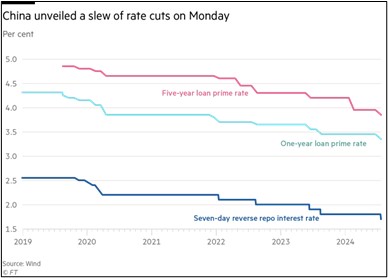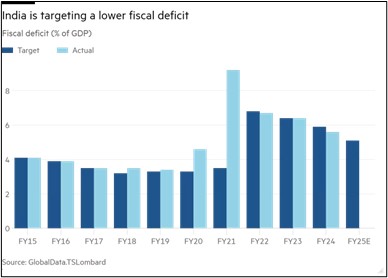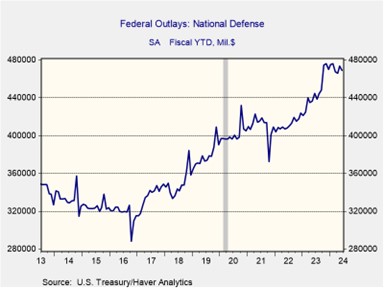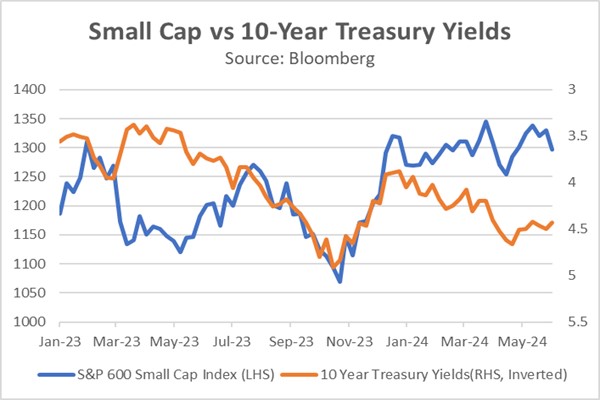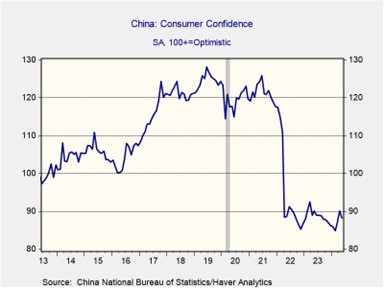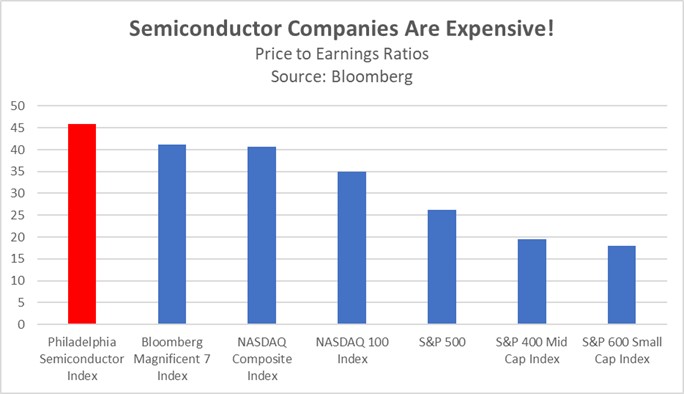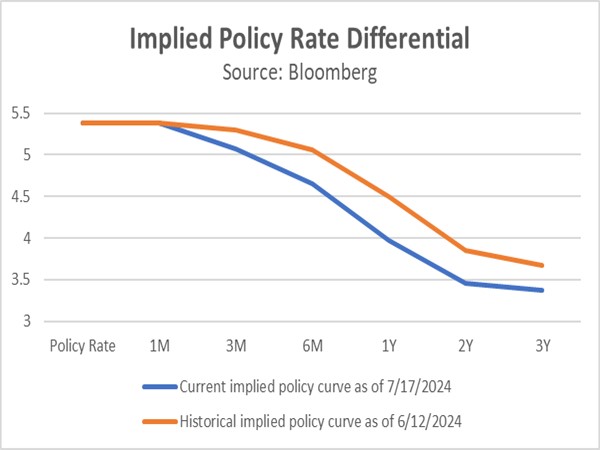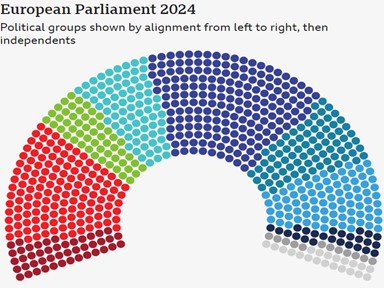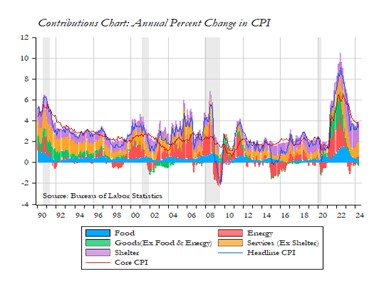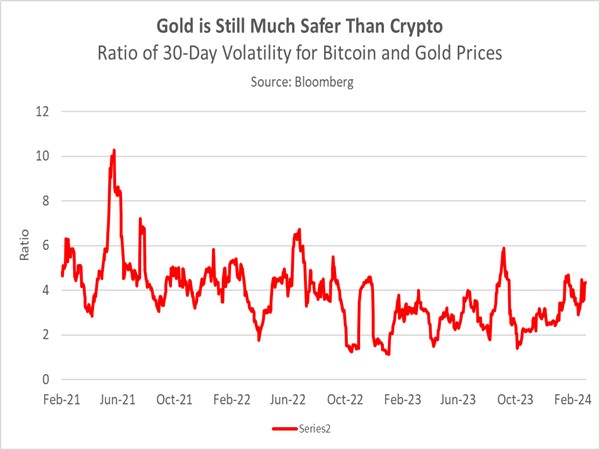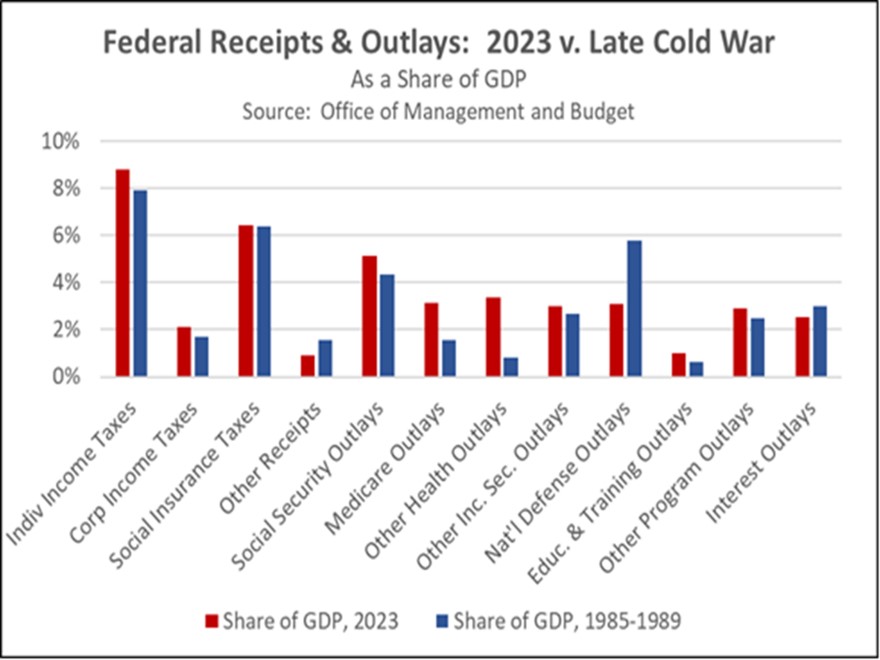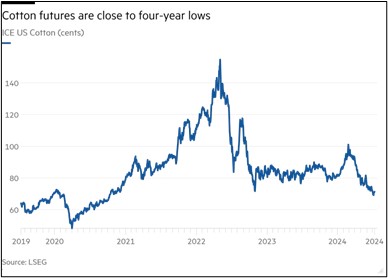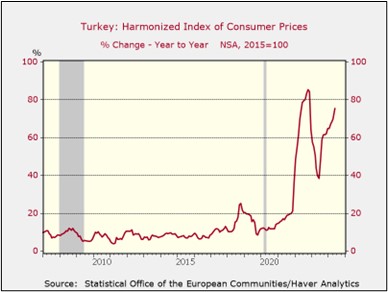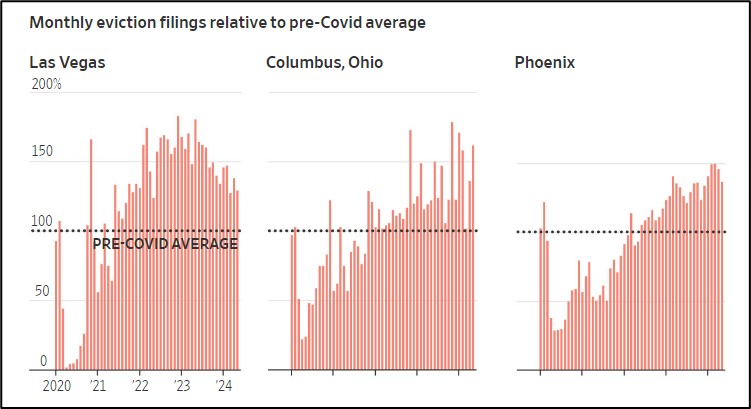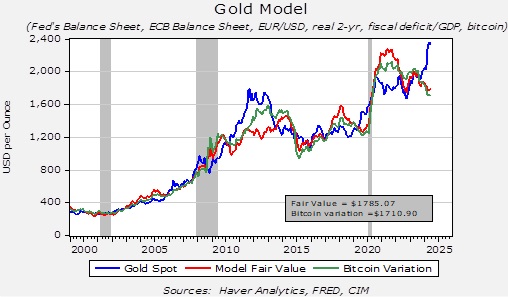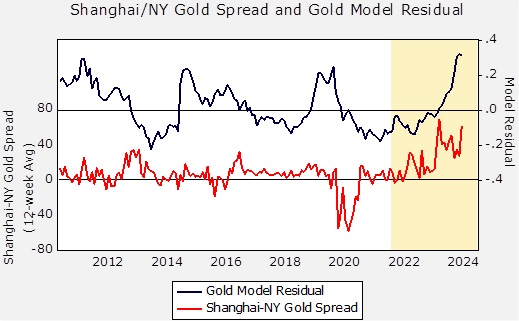Letter to Investors | PDF
We are in a season when the average investor is not thinking much about the normal factors of investment risk and return, such as interest rates or economic growth. Investors are now focused on politics, first and foremost. This is understandable, and not just because this is a presidential election year. Heightened attention to the potential changes an election may bring usually occurs after Labor Day of an election year. In this year, however, the early June 27th debate, followed by Democratic Party consternation over whether to replace President Biden at the top of the ticket, and (horribly) the assassination attempt on former President Trump has galvanized public attention on the upcoming election in a way we haven’t seen in decades. This attention has many investors wondering what these events will mean for their portfolios.
Political instability always creates worry among investors. In the United States, such instability tends to have less impact than investors perceive at the time, simply because the US has such a solid foundation for investment. By this we mean a government and constitution that respects property rights and legal contracts and that confers great personal liberties upon its citizens (including the right to start a business or to move it to a more favorable location). We take these rights and liberties for granted, but they are anything but common in the world. They are, thankfully, common in the United States, which is what makes it such a fertile ground for investment.
Often overlooked also are the resources necessary for successful investment that are readily found here. First and foremost are the people. No other nation has such a large and talented workforce that is readily replenished by the best and brightest who come here from all over the world. Probably everyone who is reading this letter is descended from ambitious and determined immigrants who came here to build a better life. On top of the US’s extraordinary human resource, no other nation can claim the quantity and quality of natural resources available here. Put together, these human and natural resources give investments made here an uncommonly good probability of success.
The result of these incredible advantages is that investments here have performed well through the centuries, even in the face of extraordinary political instability. A civil war, world wars, assassinations, depressions, and pandemics have buffeted the republic, but these persistent advantages have carried us through and kept our investments remarkably stable by world standards.
Just before the last presidential election, I wrote in this letter:
I realize that elections have consequences, and that many of those consequences are very important, even if they have little or nothing to do with your investment plans. Yet, it is my experience that most of us tend to overestimate the impact of presidential elections on our investment portfolios, often by a lot.
This opinion has not changed.
While the consequences of elections may bring changes in regulation, tax policy, and other matters that affect investments, the foundational advantages that US investors have will not change. Now, I realize that some of you may question even that last sentence, but I believe that any objective study of the history of the US and its investment fundamentals reveals that our nation’s foundational advantages have survived worse upheavals than any rational investor is contemplating now.
The most worrisome long-term risk that US investors must address is rising inflation, something we at Confluence have written much about in recent years. I won’t review that concern here, except to say that it will not change because of the election, no matter which party wins the presidency or controls Congress. We have experience investing in inflationary environments and managing that risk.
I will conclude with another paragraph written four years ago, which remains my view today:
The above opinions are not borne of “cock-eyed” optimism, but from decades of observations of both economic and presidential cycles. The stock market is neither Republican nor Democrat but is solely interested in making money. In my opinion, the current environment is well-suited to doing just that, regardless of who wins the election.
We appreciate your confidence in us.
Gratefully,
Mark A. Keller, CFA
CEO and Chief Investment Officer



